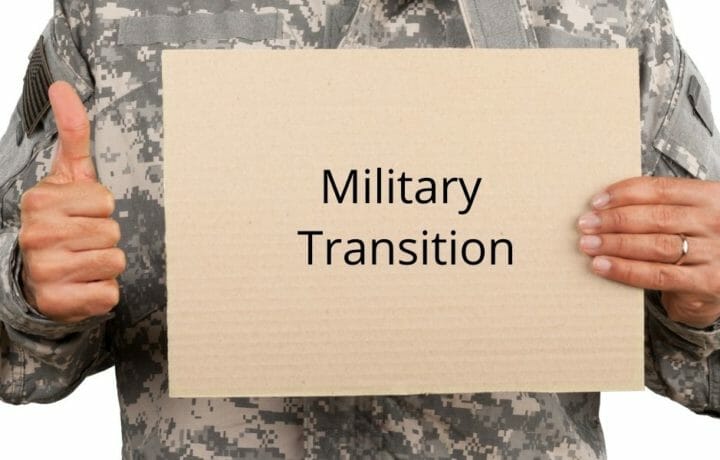The best way of preparing to go to college post-military is to look at it like any other mission while you are still serving. First, you must know the objective; next you must know the route to take to get there; finally, you have to know when you have to be there.
With college as a mission, your first decision will be selecting a major (the objective). Next will be which schools offer that major (the route to take to get there). Finally, select a window of dates as far as when you plan to start school (when you must be there).
Timeline for the College Mission After Leaving the military
Most military missions look ahead at what is planned for the next 24, 48 and 72 hours. Getting ready for college is much the same as you should start working different parts of that mission at 18 months, 12 months and less than 12 months.
1. 18 Months Out
This is not too early to start thinking about a career choice as far as what you want to do after getting out. You may be doing a job in the military that translates easily to the civilian world and you want to keep doing it. Or you may want to try something new… something that you have always wanted to learn. Or like many, maybe you are undecided and need some time to explore different possibilities.
Use this time to figure out your post-military career choice and what you need as far as education to meet (or exceed) the minimum qualifying requirements. Also knowing what you want to do will reduce the number of wasted GI Bill entitlements.
Some veterans do not what they want to do, so they just pick a major and end up partway through deciding that is not what they want to do. In many cases, the credits they already earned may not transfer over to their new degree choice, so the entitlement spent on getting those credits was wasted. Now they don’t have enough entitlement left to get their degree and end up paying out-of-pocket. Having a well thought-out plan ahead of time would have prevented this from happening.
2. 12 Months Out
In the preceding six months you came up with your objective – a post-military career field and the degree plan you need to work in that field. Now it is time to start researching schools that teach that major. Also, does your career field have certifications that may position you better to enter this field?
If so, how are you going to get the certifications? Does the same school offer both, or are you going to have to use two different institutions? Computer fields use certifications extensively as well as credentialing in the health care fields. And don’t forget to research the accreditation recognized by your field of choice and factor that into your school selection.
When it comes to veterans, not all schools are equal. Some have a more generous transfer credit policies than others. Getting as many credits transferred in as possible is important in that the fewer credits you must take, the fewer GI Bill entitlements you will use to get your degree. This can mean having more entitlement left to pursue an advanced degree … if that is in your plan.
If you plan on getting an advanced degree from the beginning, then maybe you want to pay out-of-pocket for the cheaper first two years at a community college and use your 36 months of GI Bill to pay for the last two years of your bachelor’ degree and the two years for the more expensive graduate school.
3. Less Than 12 Months Out
By now you should have decided on your major, have a list of schools teaching that major, know the accreditation of each school and the veterans’ services that each of those schools offer. Start comparing the information and come up with a prioritized list of schools. Once you have that list, then start applying to those schools.
Once you have acceptance letters in hand, request that your military transcript be sent to those schools so that you can see how many credits each of them will transfer in. Factor in everything and make your choice of school.
After enrolling, coordinate with your school’s Certifying Officer and request your Certificate of Eligibility to start using your GI Bill.
Make the Career Choice and Plan Accordingly
Completing these tasks in sequence, defines your mission (career choice), how you will get there (which school you will attend to get your degree) and when you will be there (starting a four-year degree or an additional two-year graduate degree program).
Deciding on post-military career and planning on how you will get the needed education is not much difference from most military missions that you have done over and over – define the mission, plan how and when to get there.



